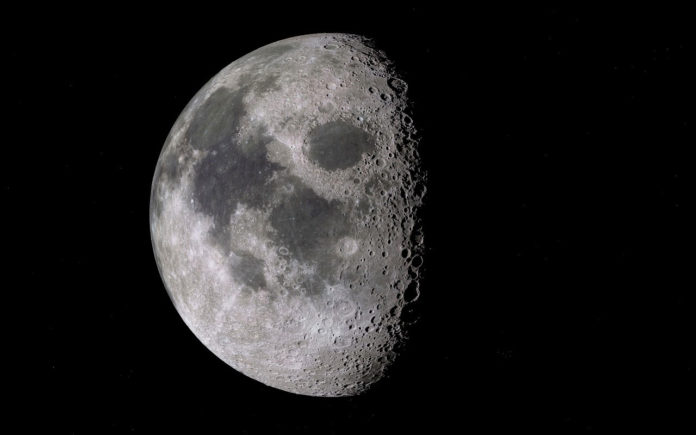Using the data from Lunar Reconnaissance Orbiter, Ernie Wright- a science visualizer who works at the Scientific Visualization Studio at NASA’s Goddard Space Flight Center in Greenbelt, Maryland- has brought the Moon to life in unprecedented detail. He has created the online CGI Moon kit that allows making NASA’s data more accessible to 3-D artists.
Using the CGI moon kit, Wight created the 3D Moon map as a Scientific Visualization Studio (SVS) resource.
Wright said, “[The Moon kit] will bring the LRO data within reach of lots of other artists who want to do the kinds of things that I do.”

LRO is a robotic mission that set out to map the moon’s surface. The observations have enabled numerous groundbreaking discoveries, creating a new picture of the moon as a dynamic and complex body.
One of the primary functions of the LRO, which has been studying Earth’s natural satellite for the past decade, is to map its topography to prepare for safer landing to sights of interest for the Artemis program.
Two gadgets on this spacecraft have been vital components: The Lunar Reconnaissance Orbiter Camera (LROC) and the Lunar Orbiter Laser Altimeter (LOLA). LROC works like a scanner, building an image line-by-line, using the motion of the spacecraft over the lunar surface to create an image. LOLA uses laser pulses to help develop the image of the moon.
LRO scientist Noah Petro at NASA Goddard said, “I understand the importance of Wright’s work.”
“The stunning visuals as a key component for the LRO Mission’s success. Even, can help tell the story using the LRO data, and illustrate difficult-to-communicate ideas or concepts, of whatever the story might be. So, I think he’s already had some influence on how people consume the information when they don’t even know it.”
According to Wright, creating and sharing the Moon is the natural part, but setting the scenes is quite tricky.
Wright said, “Using 3D animation software is a lot like filming live-action, with lights, cameras, props, and sets, but visualization is more like filming a documentary. You’re factual, but you’re also creating a narrative.”
“We’re putting the pictures back into context. We’re putting them back where they came from.”
The CGI Moon kit can be accessed here.
